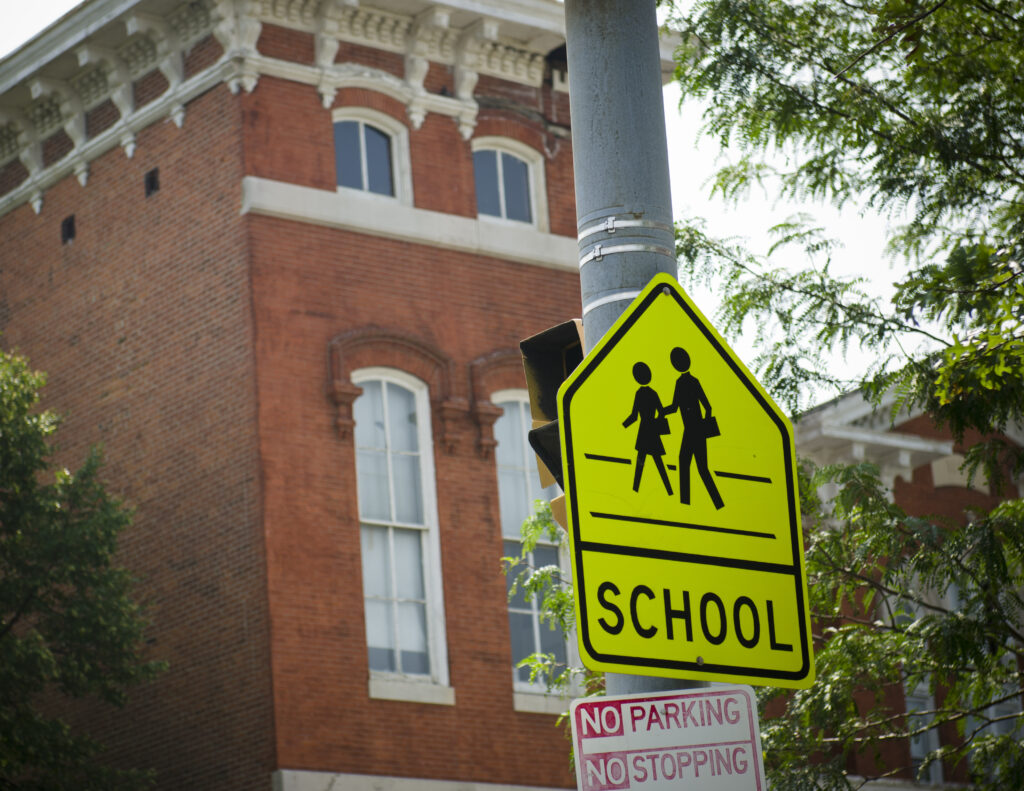
(Getty Images)
Perhaps the most significant number in the 2025 budget is $1.1 billion in new spending on K-12 education.
The funding comes after Commonwealth Court declared that Pennsylvania’s current method of funding public schools was unconstitutional, citing inequities between the state’s wealthiest school districts and its poorest.
While the general appropriations bill — the legislative centerpiece of the budget — outlines how much money will go towards education in the coming year, it’s another bill that tells the state how it can spend those funds: the public school code bill.
Code bills are passed alongside the budget. While the general appropriations bill says how much money each part of the government will get, the code bills more or less lay out how those dollars can be spent.
The bill also contains what are effectively individual policies, from the massive new funding formula that will change how money is distributed to Pennsylvania’s school districts, to smaller policy points, like allowing schools grants to provide menstrual hygiene products.
Here are some of the big items that made it into this year’s code bill:
The new funding formula
Arguably the most substantive part of the bill lays out how more than $526 million in adequacy and equity grants will be distributed to Pennsylvania’s school districts based on factors like the student poverty rate.
Because schools receive so much funding from property taxes, school districts where property values are lower have an inherent disadvantage.
The $526 million in new funds is intended to shrink that equity gap, and award extra money to schools with high levels of poverty among its students and greater numbers of kids whose primary language isn’t English.
What data would drive those funds was one of the biggest sources of contention between Democrats and Republicans during the drawn-out budget negotiations.
Democrats had hoped to use data reported by the school districts themselves, while Republicans wanted to use U.S. Census data.
Rep. Mike Sturla (D-Lancaster), who was a leader in creating the House Democrats’ version of a funding formula, said, “the schools have a pretty good idea when they’re talking to these parents whether or not they’re making $30,000 a year or they’re making $300,000.”
He said that census data has historically underreported poverty.
However, Senate Republicans, who ultimately won out, said that the self-reported data is too hard to verify.
Ultimately, the parties agreed to use census figures.
Democrats had to make other concessions in the fight over equity funding as well. Back in February, Gov. Josh Shapiro had proposed spending $872 million on closing the equity gap, a number that was rejected by Republicans.
Charter school restraints
When a student attends a charter school, the charter school gets money that would have gone to the student’s school district. The amount is based on the average per-student spending of that school district, with a separate formula for students with disabilities..
The code bill establishes a formula for reimbursing traditional public schools for some of the money that follows would-be students to cyber charter schools. The budget set aside $100 million for that purpose. It also changes the formula for how much money follows students with special needs, which is estimated to save public schools $34.5 million.
The bill would also force charter schools to put in their advertisements that they were paid for with taxpayer dollars, a largely symbolic victory for Democrats who opposed money intended for public schools going to charters.
It also makes new requirements of charter school board members. At least five must be non related voting members. Charter schools will also be required to make certain budget documents public.
Security and mental health grants
Schools will receive $120 million to provide security and mental health services. Every school will now be required to have a security guard, and the money can go to funding that position. Plus, those security guards can be armed.
Of that, $20 million is set aside for safety grants for non-public schools and school entities like charters.
Odds and ends
The bill also provides funding for policies that had been included in bills that were introduced through the traditional legislative process, but never completed by the House or Senate.
That includes up to $3 million for grants that would allow schools to purchase feminine hygiene products. The idea appears similar to one proposed in a House bill sponsored by Rep. Darisha Parker (D-Philadelphia).
Rep. Stephanie Borowicz (R-Clinton) said the free tampons could promote “communism” when the bill was debated on the House floor. The bill was never taken up in the Republican-controlled Senate.
Funding for a grant program that would allow schools to lock students’ cell phones away during the school day mirrors a bill sponsored by Sen. Ryan Aument (R-Lancaster). That bill passed the Senate, but never appeared in the House.
The public school code bill would allow some of the school safety and mental health funding to go towards the purchase of special bags that can be locked during the day for students to place their phones in — so long as the school comes up with a policy prohibiting cell phone use during the school day.
SUPPORT NEWS YOU TRUST.
The post Here’s some of what’s in the bill that directs historic new Pa. education funding appeared first on Pennsylvania Capital-Star.
EMEA Tribune is not involved in this news article, it is taken from our partners and or from the News Agencies. Copyright and Credit go to the News Agencies, email news@emeatribune.com Follow our WhatsApp verified Channel





